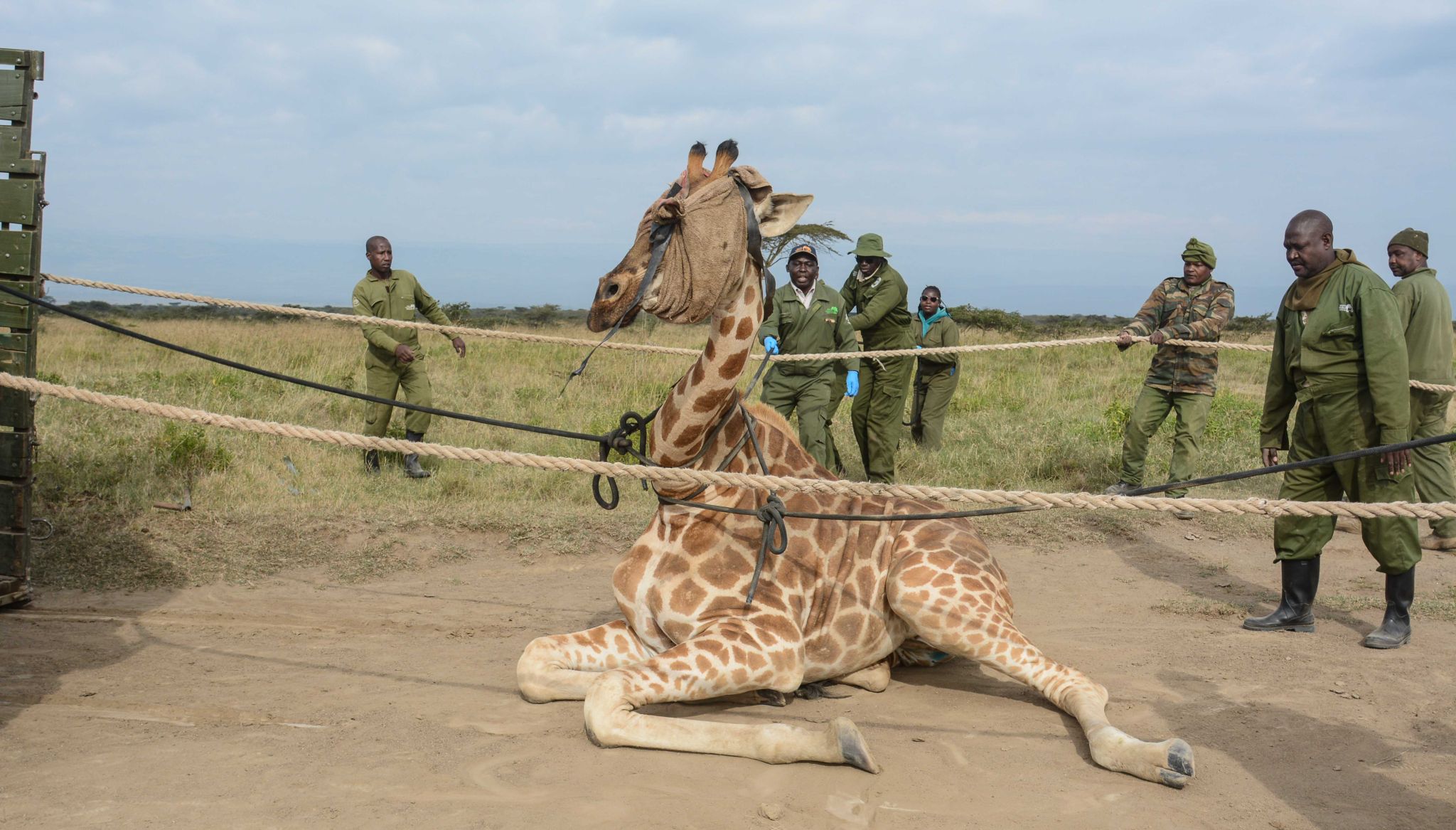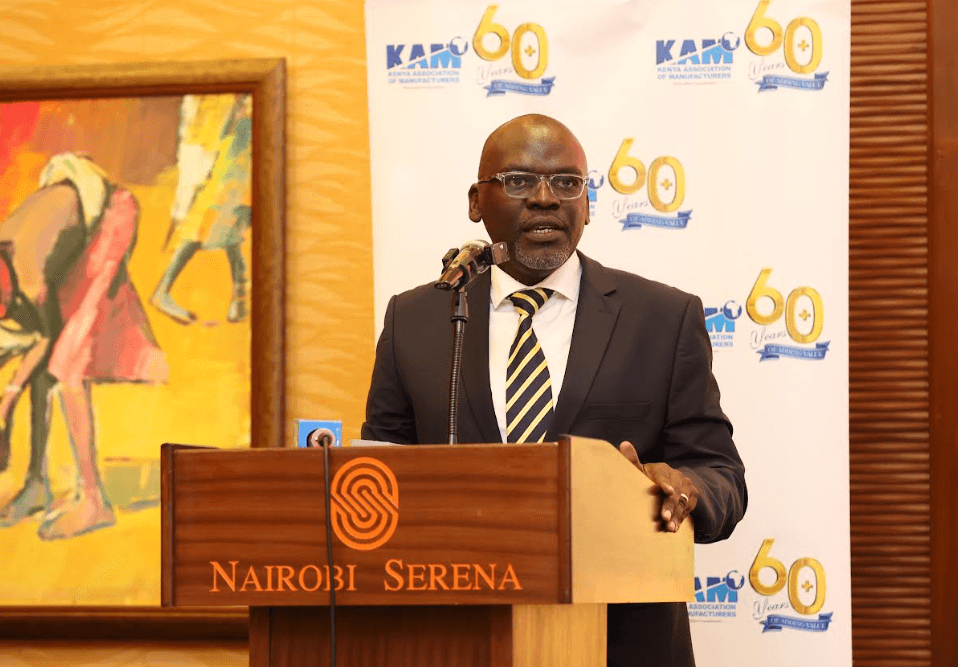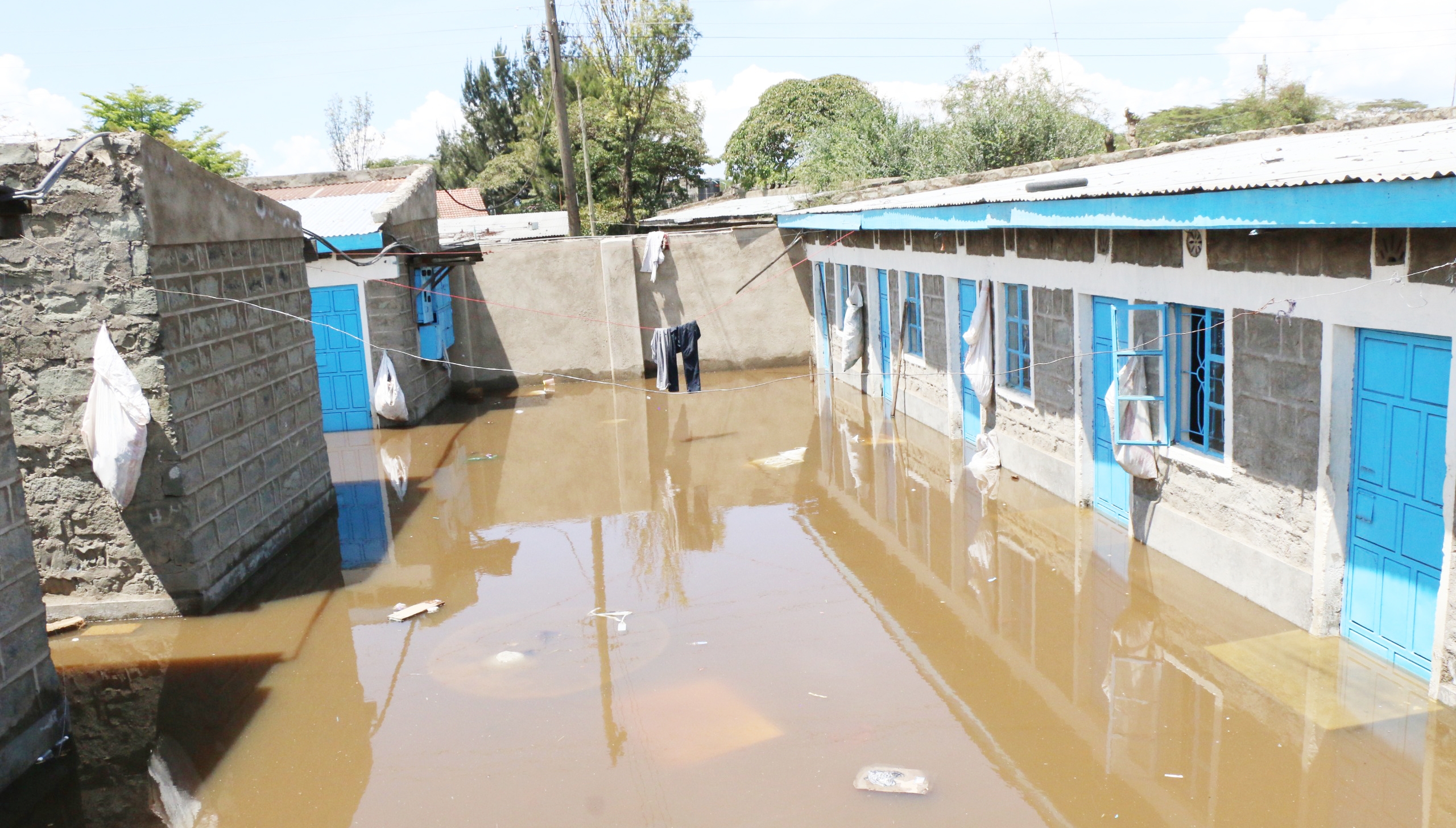

Kenya Wildlife Service translocation team prepares a giraffe ahead of translocation/KWS.
For centuries, the giraffe — the planet’s tallest land mammal — was considered a single species with a few subspecies. But a groundbreaking reclassification by the International Union for Conservation of Nature has upended that belief, revealing that giraffes are not one, but four distinct species.
The new findings published this month follow years of scientific debate. Researchers reviewed the latest genetic, genomic, morphological and geographical evidence and concluded that giraffes are far more diverse than previously assumed.
“This landmark taxonomic revision reflects the best available science and provides a globally standardised framework to inform conservation,” said Michael Brown, co-chair of the IUCN Giraffe and Okapi Specialist Group. “Recognising these four species is vital for accurate Red List assessments and for effective conservation strategies.”
The IUCN’s specialist task force applied an integrative “Traffic Light System” to assess distinctiveness using traits, DNA evidence and distribution patterns. They conclude that giraffes fall into four clear species: the Maasai (Giraffa tippelskirchi), Northern (Giraffa camelopardalis), Reticulated (Giraffa reticulata), and Southern giraffe (Giraffa giraffa).
This revision overturns the long-held view of a single species with nine subspecies. It also reshapes how conservationists understand giraffe diversity and the threats facing each population across Africa.
Taxonomy isn’t just academic. By recognising multiple species, scientists can better assess the conservation status of each. While some giraffe populations remain stable, others are under severe threat from habitat loss, poaching and conflict. The new classification will directly influence upcoming IUCN Red List assessments, national conservation policies, and cross-border management of giraffe habitats.
“Taxonomy is a living science,” the report notes, adding that future reviews will continue as new evidence emerges.
Kenya is home to three of the four recognised species: the Maasai, Reticulated and Nubian giraffes (a subspecies of the Northern). According to the 2021 National Wildlife Census, the country’s total giraffe population stands at 34,240 individuals.
The Maasai giraffe, numbering 13,530, is found mainly in Kajiado, Narok, Makueni and Taita Taveta counties, with major strongholds in Amboseli and the Tsavo ecosystem. Reticulated giraffes, estimated at 19,740, roam across Wajir, Garissa, Mandera, Laikipia, Samburu, Turkana, Lamu and Tana River counties.
The Nubian giraffe, with a fragile population of 970, is concentrated in Ruma National Park, Lake Nakuru, Naivasha ranches, Mwea National Reserve and parts of Baringo and Elgeyo Marakwet. In addition, 47 giraffes are held in captive facilities across the country.
This reclassification ensures conservationists can direct resources where they are needed most. Populations that were once considered subspecies of a large, “safe” species may now be recognised as endangered species in their own right. For Kenya, home to nearly 10 per cent of the world’s giraffes, the findings underscore both its responsibility and opportunity in safeguarding these towering icons.
As the sun sets over the savannah and the giraffes' silhouettes against the horizon, conservationists hope this new taxonomy will mark the dawn of more precise and effective efforts to protect Africa’s gentle giants.

















